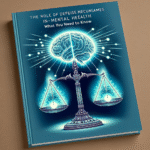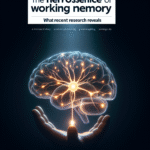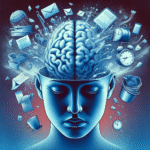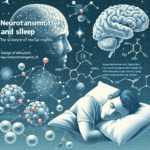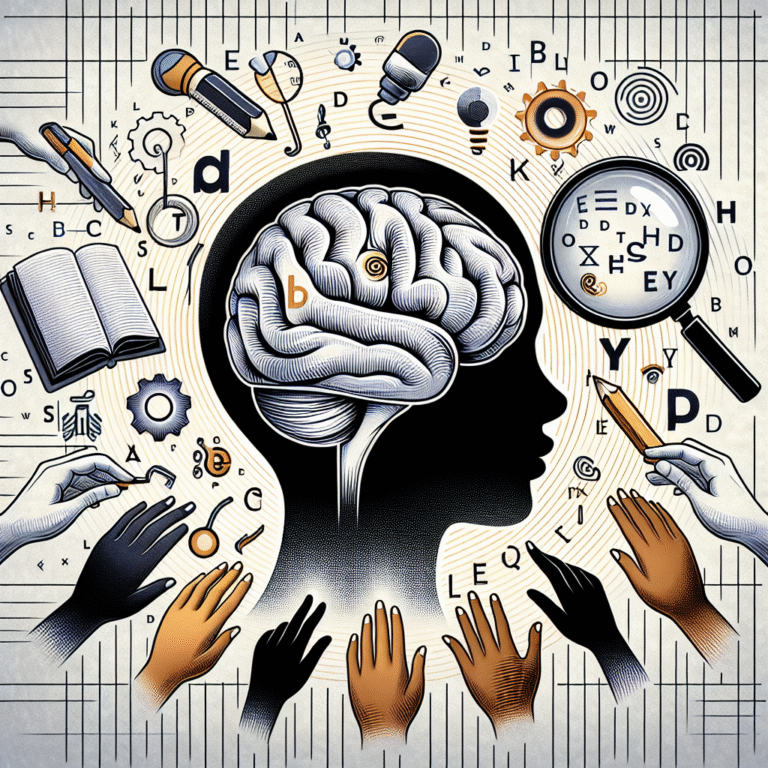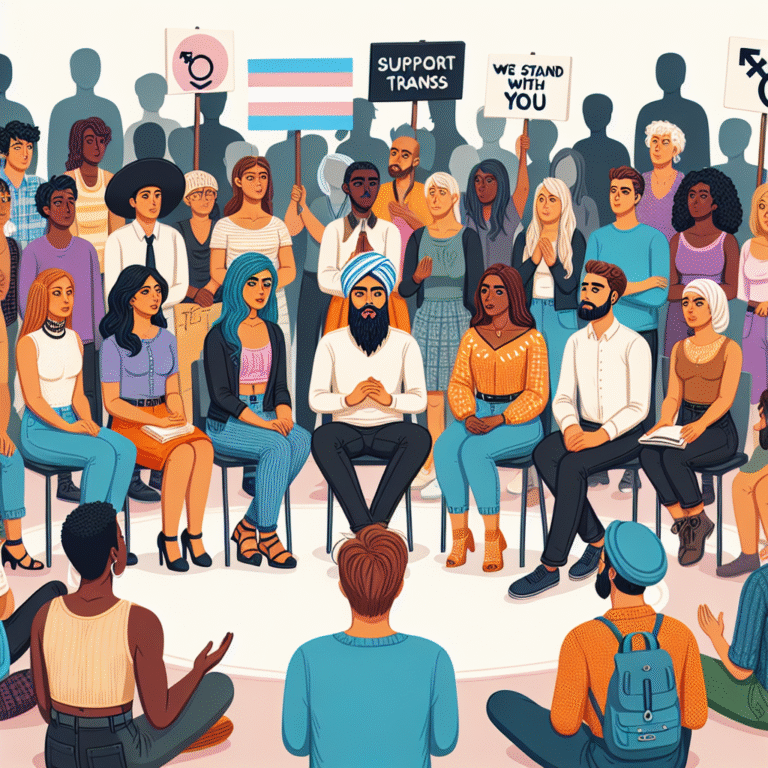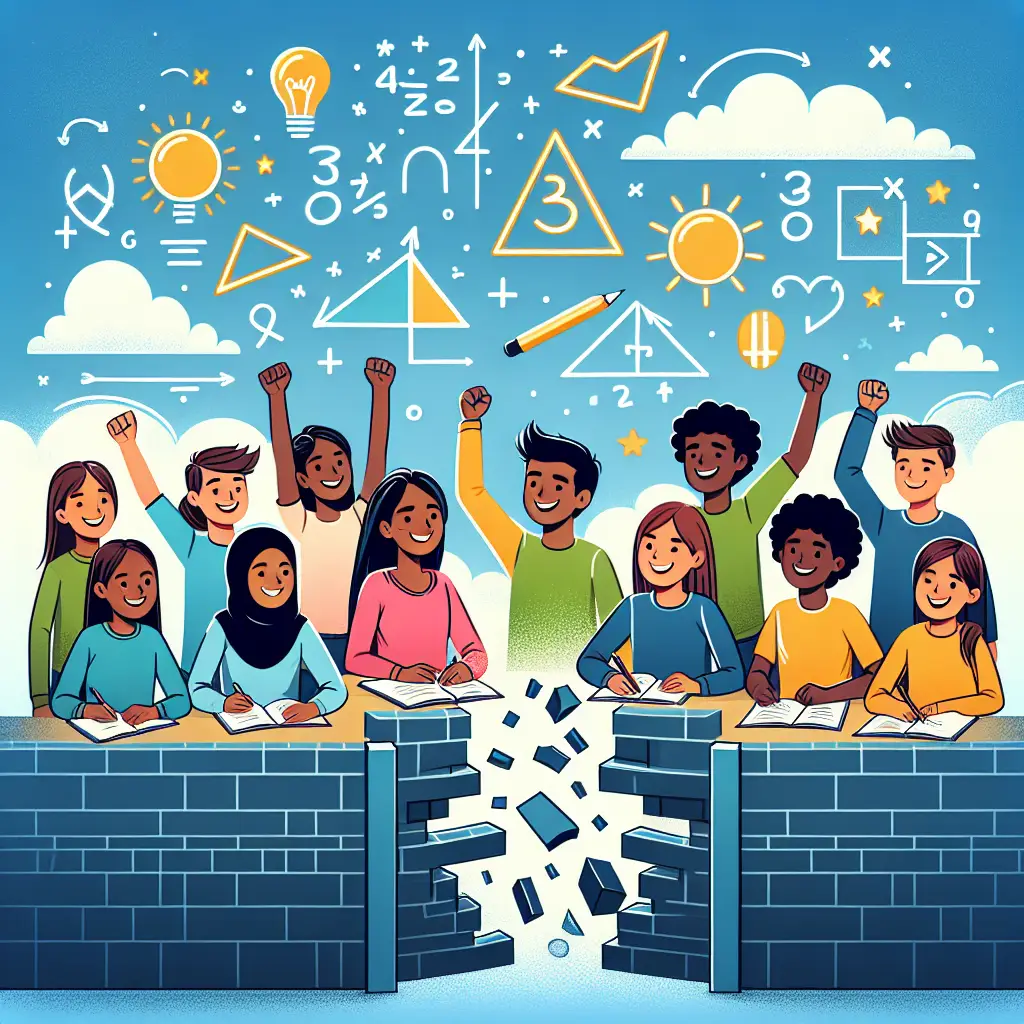
Breaking the Barriers: Proven Strategies for Enhancing Math Skills in Students with Learning Disabilities
Introduction
Mathematics can be a daunting subject for many, but for students with learning disabilities, it often represented a formidable barrier to academic success. Breaking the barriers in mathematics education is crucial, not just for fostering a love of the subject, but for developing critical life skills. Thus, this article presents Breaking the Barriers: Strategies for Enhancing Math Skills in Students with Learning Disabilities, focusing on actionable insights and strategies that empower educators, parents, and students to navigate these challenges effectively.
Learning disabilities can manifest in various ways, affecting memory, comprehension, and the ability to process mathematical concepts. This often leads to feelings of frustration and a lack of confidence among students. By adopting specific strategies, we can create a more inclusive environment that promotes mathematical understanding and success.
Understanding Learning Disabilities in Math
Before exploring concrete strategies, it is essential to comprehend the types of learning disabilities that can impact mathematical skills. These may include:
-
Dyscalculia: A specific learning disability in mathematics that affects the ability to understand numbers, perform calculations, and problem-solve.
-
Dyslexia: While primarily reading-related, dyslexia can impact verbal math problems, comprehension, and memorization of math facts.
- ADHD: Attention-deficit/hyperactivity disorder can affect focus, organization, and the ability to engage with math tasks.
Understanding these disabilities helps in formulating tailored strategies.
Effective Strategies for Breaking the Barriers
1. Use Multisensory Approaches
Multisensory instruction leverages multiple senses to enhance learning. For example:
- Visual aids: Charts, graphs, and color-coded materials can help students visualize mathematical concepts.
- Tactile learning: Using manipulatives like blocks or counters allows students to physically engage with mathematical operations.
- Auditory tools: Incorporating songs, rhymes, or verbal repetition aids retention of mathematical facts.
Case Study: A third-grade classroom utilized multisensory learning to teach addition using colored blocks. Each block color represented a different number—red for "1", blue for "2", and so on. Students demonstrated higher engagement and improved understanding in post-lesson assessments, showcasing the effectiveness of this strategy.
2. Implement Technology
Educational technology can act as a bridge for students who struggle in traditional learning settings. Digital tools provide interactive and adaptive learning experiences.
Examples:
- Apps: Math-focused apps with game-like features allow for practice in a fun, engaging manner, reinforcing concepts without the pressure of traditional assessments.
- Online platforms: Programs like Khan Academy offer personalized learning paths, complete with instructional videos and practice exercises that adapt to student performance.
Case Study: A middle school utilized an adaptive math intervention software that adjusted difficulty based on student response patterns. The increase in student confidence and performance demonstrated remarkable improvement by up to 30% after six months.
3. Scaffolding and Incremental Learning
Scaffolding involves breaking down concepts into smaller, manageable steps. This helps students build understanding gradually without overwhelming them.
- Chunking information: Presenting information in bite-sized pieces allows students to focus on mastering one concept before moving to the next.
- Graphic organizers: Tools like flowcharts can help students organize their thoughts and visualize relational concepts in math.
Case Study: A teacher applied scaffolding in a lesson on fractions by first reviewing common denominators with visual aids, then gradually introducing the process of adding fractions. The structured approach resulted in significant gains in student success rates in fractions assessments.
4. Foster a Growth Mindset
Encouraging a growth mindset can change how students view their abilities in math. Instead of seeing themselves as "bad at math," they can embrace challenges and understand that effort leads to improvement.
- Praise effort over results: Recognizing hard work and persistence helps to reinforce the idea that skills can be developed.
- Share success stories: Displaying case studies of individuals overcoming mathematical struggles can motivate students.
Case Study: A school district adopted a growth mindset curriculum that included workshops for both teachers and students. Surveys showed increased student motivation and a shift in attitudes toward math, leading to higher overall performance.
5. Tailor Instruction to Individual Needs
Every student’s learning style and pace is unique, making individualized instruction vital.
- Personal learning plans: These plans cater to each student’s strengths and weaknesses, ensuring they receive targeted assistance where needed.
- Flexible grouping: Varying group compositions based on skill level encourages peer learning while offering tailored support.
Case Study: An elementary school developed personalized intervention programs, resulting in students reporting feelings of support and motivation, ultimately improving their overall math scores.
Incorporating Collaboration and Communication
Encouraging collaboration between teachers, parents, and specialists amplifies the effectiveness of strategies aimed at enhancing math skills. Regular communication ensures all parties involved are aligned in their approach.
-
Parental involvement: Engaging parents in their children’s learning journeys provides a robust support system.
- In-service training for teachers: Ongoing professional development helps educators remain informed about the latest strategies for teaching students with learning disabilities.
Tools and Resources
To aid in the application of these strategies, consider the following resources:
| Resource Type | Example | Purpose |
|---|---|---|
| Digital Tools | MathApps, IXL Math | Interactive practice tailored to individual needs |
| Books | “The Dyscalculia Toolkit” | Comprehensive resources for educators |
| Workshops | Local educational seminars | Training on specific strategies for teaching math |
Conclusion
Breaking the barriers in mathematics for students with learning disabilities requires a multifaceted approach. From employing multisensory strategies to leveraging technology, and fostering a growth mindset to personalized instruction, these methods provide a framework for success.
The journey toward greater math skills is about more than just numbers; it’s about instilling confidence, resilience, and a lifelong love of learning. By working together, we can ensure that no student finds their happiness and potential limited by mathematical challenges.
Let’s encourage each student to embrace the mantra that success in math is a journey, not a destination, and with the right tools, anyone can excel.
FAQs About Enhancing Math Skills in Students with Learning Disabilities
1. What are the most common learning disabilities affecting math skills?
The most common learning disabilities include dyscalculia, dyslexia, and ADHD. These disabilities can affect memory, comprehension, and problem-solving skills in mathematics.
2. How can parents support their children with math learning disabilities at home?
Parents can support their children by incorporating visual and tactile learning aids, practicing math skills through daily activities, and fostering a positive attitude towards math.
3. Are there specific teaching methods recommended for students with dyscalculia?
Yes, multisensory approaches, visual aids, and interactive games are highly recommended for teaching students with dyscalculia.
4. How important is collaboration between educators and parents?
Collaboration is crucial as it creates a supportive network for the student, ensuring consistency in teaching strategies and goal-setting.
5. Where can I find resources to help enhance math skills for students with learning disabilities?
Many resources are available online, including educational websites, specialized educational tools, and books focused on teaching strategies for students with learning disabilities.
With a clear understanding of Breaking the Barriers: Strategies for Enhancing Math Skills in Students with Learning Disabilities, we can work together to transform the mathematical journeys of students who face these challenges, empowering them to achieve their full potential.
